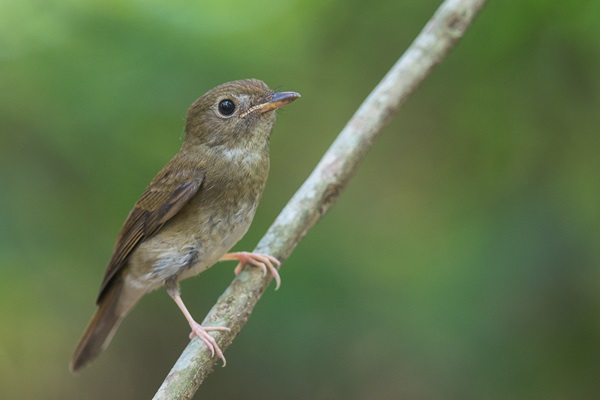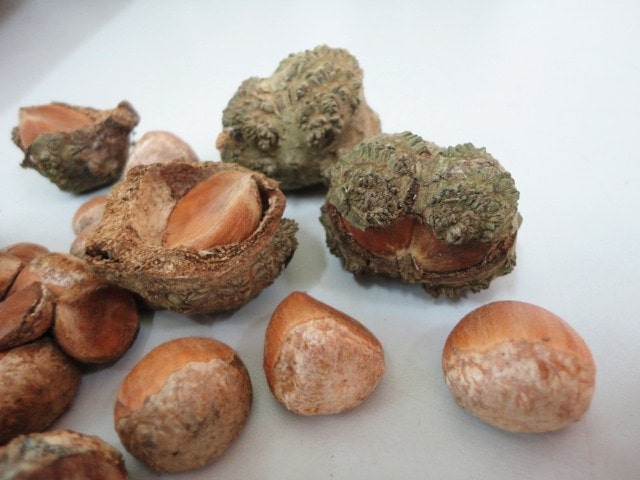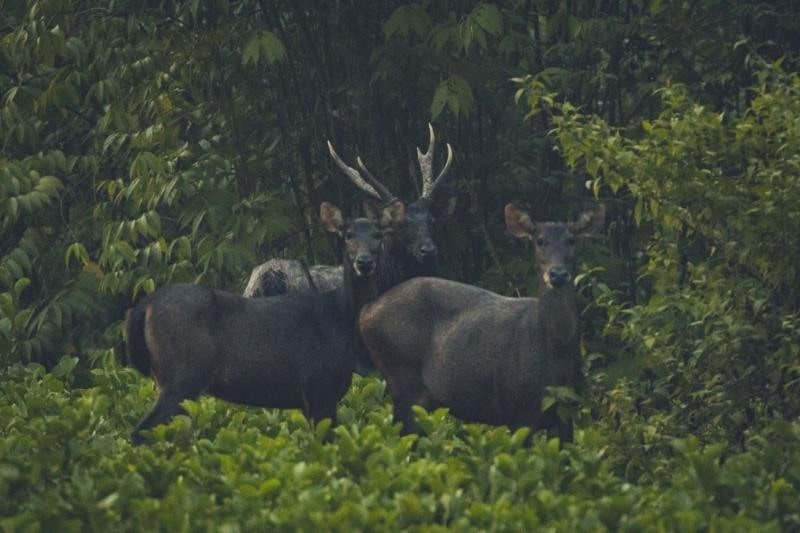Our City in Nature Explained: Natural Capital

Mudflats in Sungei Buloh Wetland Reserve (Photo credit: Yang Shufen)
Many of us may not realise we actually depend a lot on nature, which brings us benefits in the form of natural capital. The air we breathe, the water we drink… these are part of natural capital.
Natural capital can be defined as natural resources or assets, such as habitats (natural environments), biodiversity (plants and animals), and soil. Natural capital provides “free” things that make life possible, from food, medicines, and materials for making things, to less visible or less tangible services like temperature regulation, flood protection and air purification.
As a small city-state, Singapore seems to lack natural resources such as land, minerals and precious metals, but it is actually bursting with biodiversity! For example, a total of more than 390 species of birds and at least 2,100 native vascular plants have been recorded here. Singapore has a large variety of animal and plant species because of multi-pronged efforts to conserve and enhance the many ecosystems within our little island over the years.

In surveys of the Bukit Timah Nature Reserve, around 200 species new to the Reserve were uncovered, including the Brown-chested Jungle Flycatcher (Cyornis brunneatus). (Photo credit: Francis Yap)
An ecosystem comprises the physical environment, the animals and plants living within it, and the interactions they have with each other. Some examples of ecosystems found in our City in Nature would be rainforests, mangroves and coral reefs.
Totalling 3,347 hectares, Singapore’s four nature reserves contain and safeguard the country’s most important representative and core ecosystems. To protect the nature reserves against the impacts of urbanisation and climate change, NParks has been establishing networks of nature parks around them.
Sensitively enhanced to be rustic and forested, nature parks serve as additional habitats for Singapore’s native flora and fauna. They act as buffers to reduce stresses for the nature reserves, protecting against developments that about the nature reserves. These parks also allow us to enjoy nature-based activities such as hiking and mountain biking, with minimal disturbance to the nature reserves.

Windsor Nature Park is a green buffer for the Central Catchment Nature Reserve.
As such, nature parks are an extension of Singapore’s natural capital, bolstering the health of our nature reserves while providing more green spaces for our biodiversity to thrive! Take a virtual peek at Singapore’s nature parks here.
NParks will continue to grow the Nature Park Network, with the aim of achieving an additional 200 hectares of nature parks by 2030. This is also part of NParks’ City in Nature vision, one of the key pillars of the Singapore Green Plan 2030, for a greener and more sustainable Singapore.
Extending Singapore’s natural capital in turn strengthens our country’s climate resilience as well. How does that work? Explore climate resilience with us in our next issue!





Have views or comments on this article? Let us know via this form. If you would like to give us feedback on any other areas relating to our parks and gardens, please submit via https://www.nparks.gov.sg/feedback